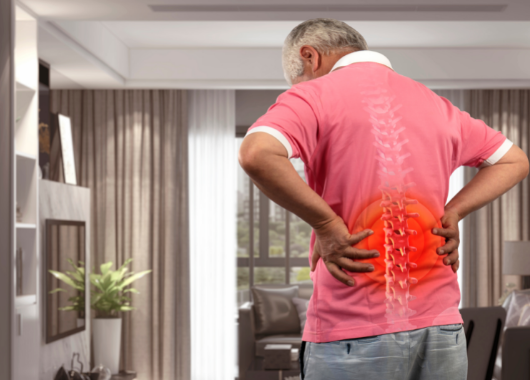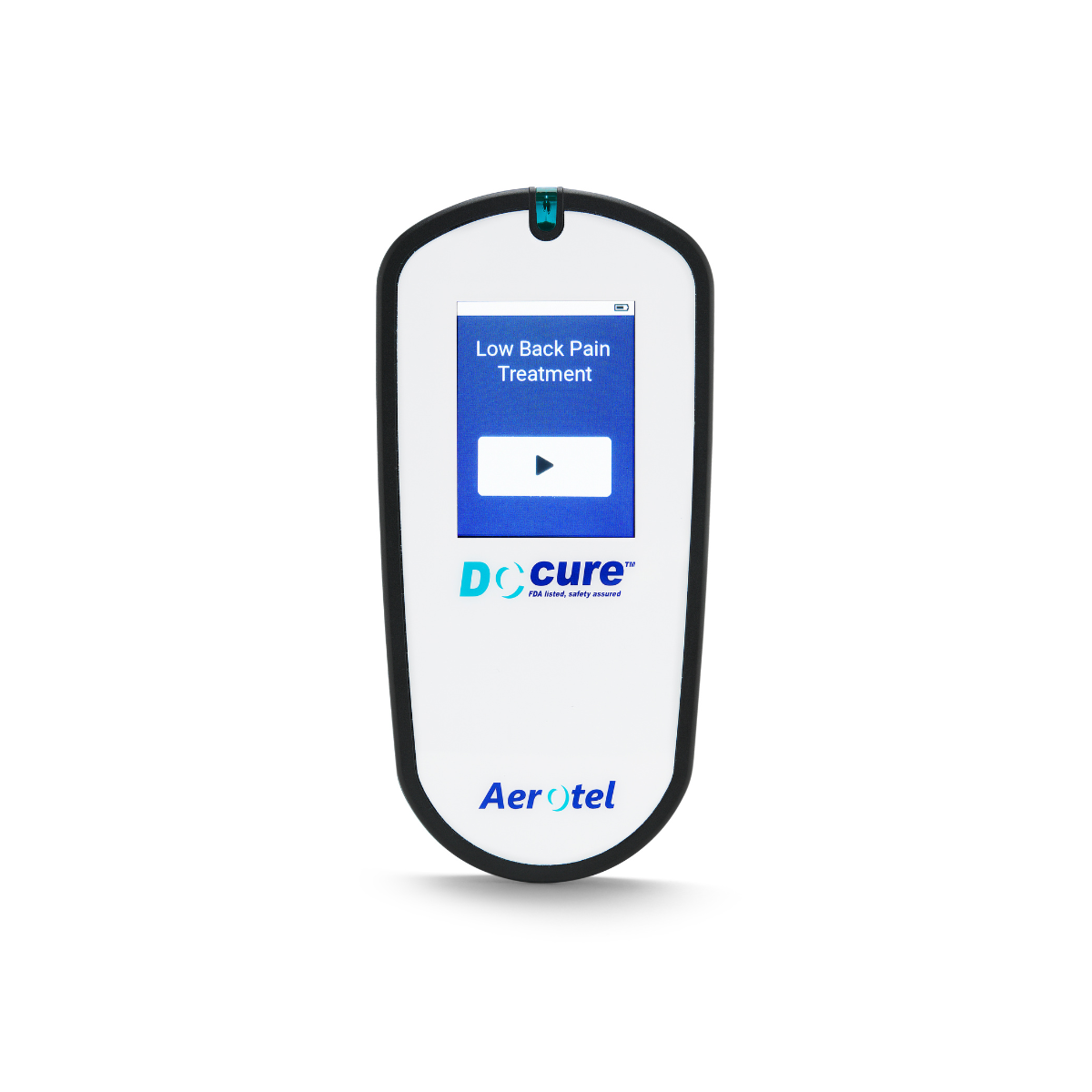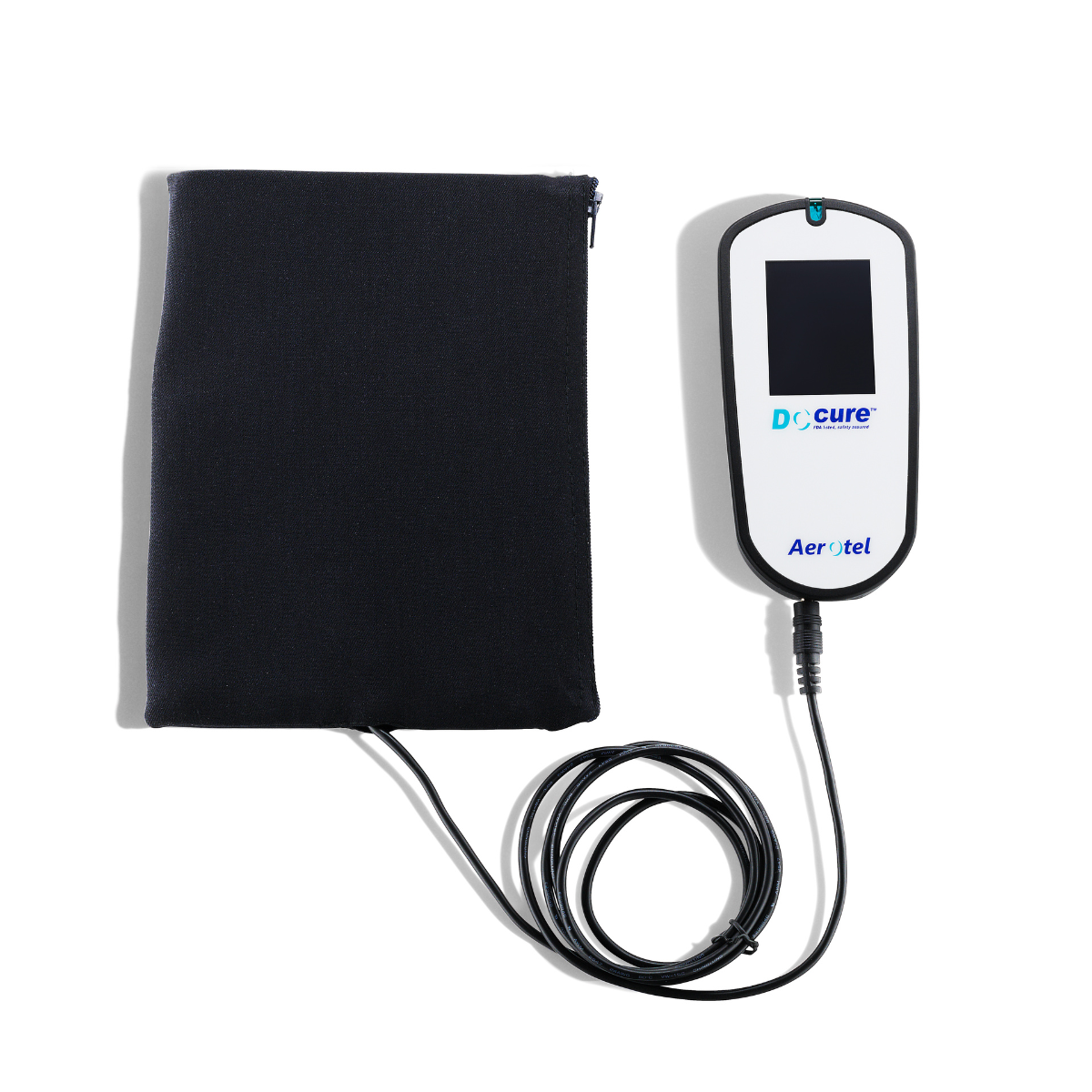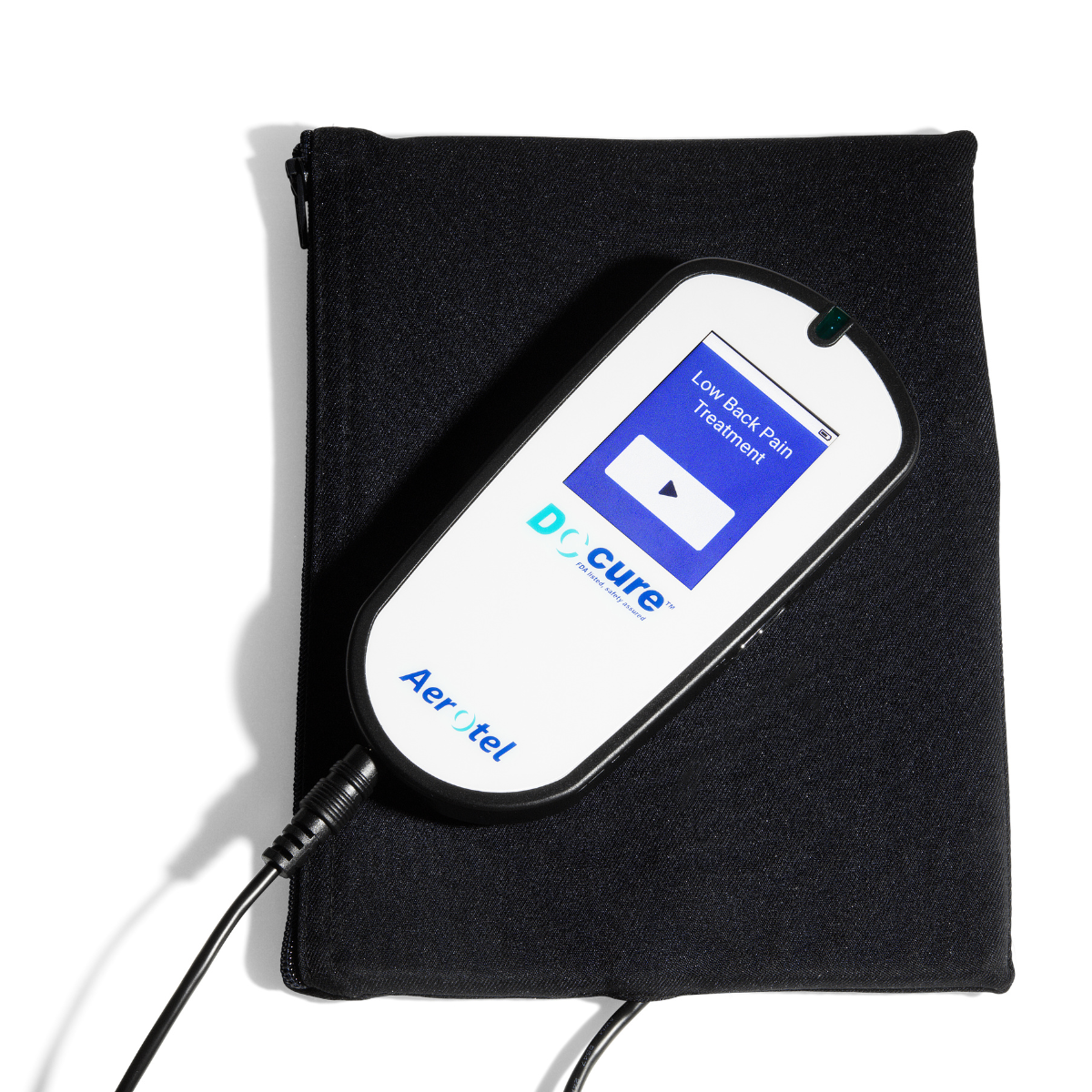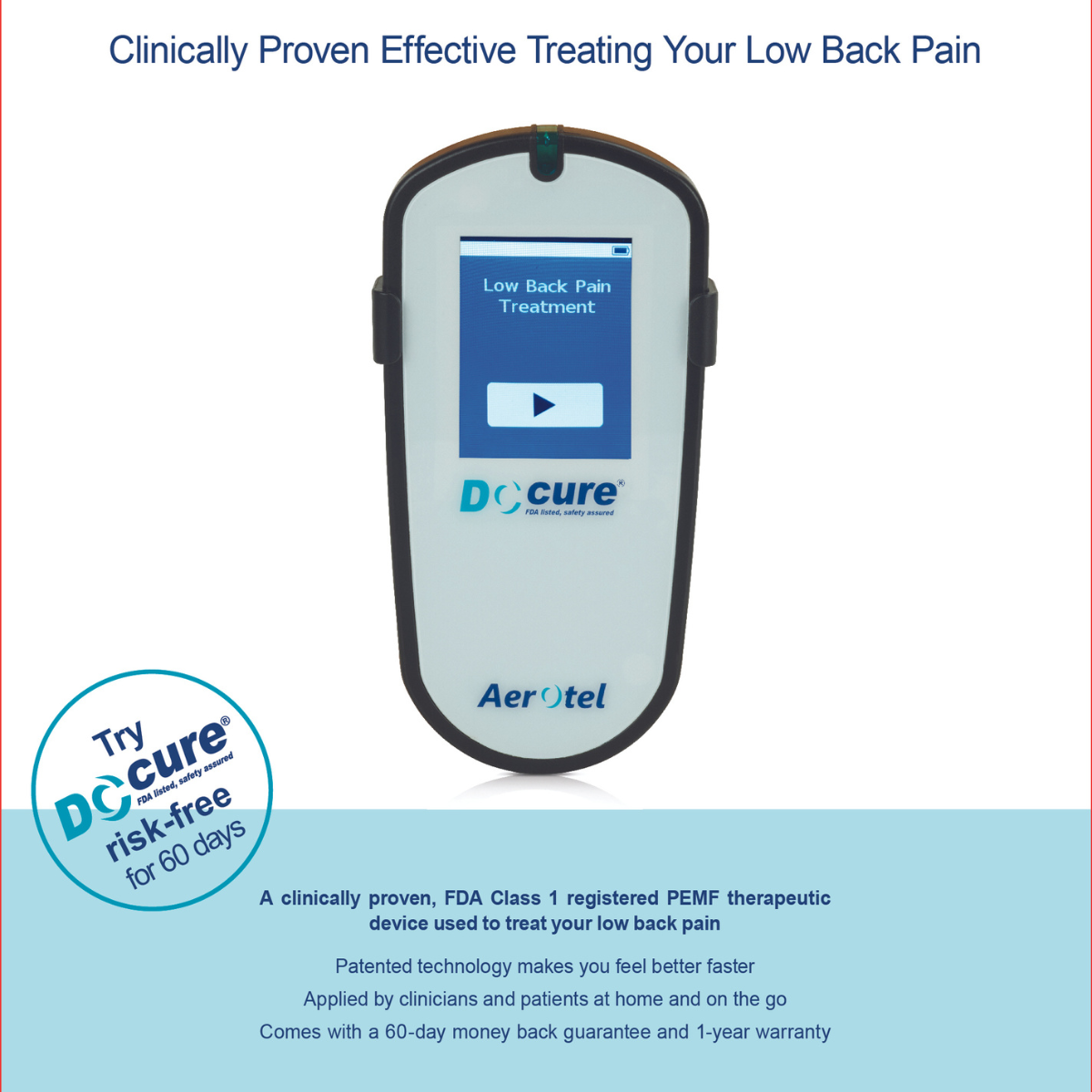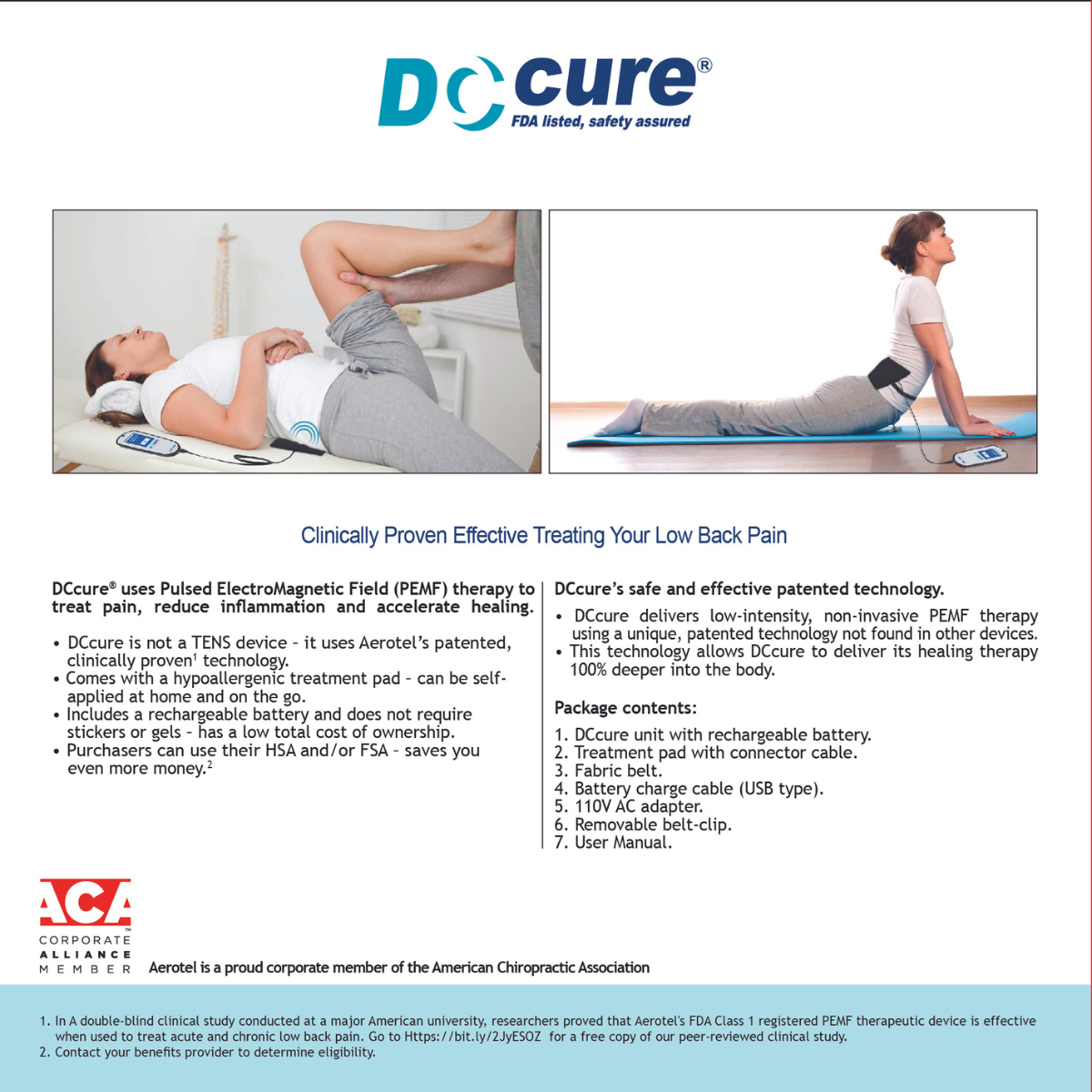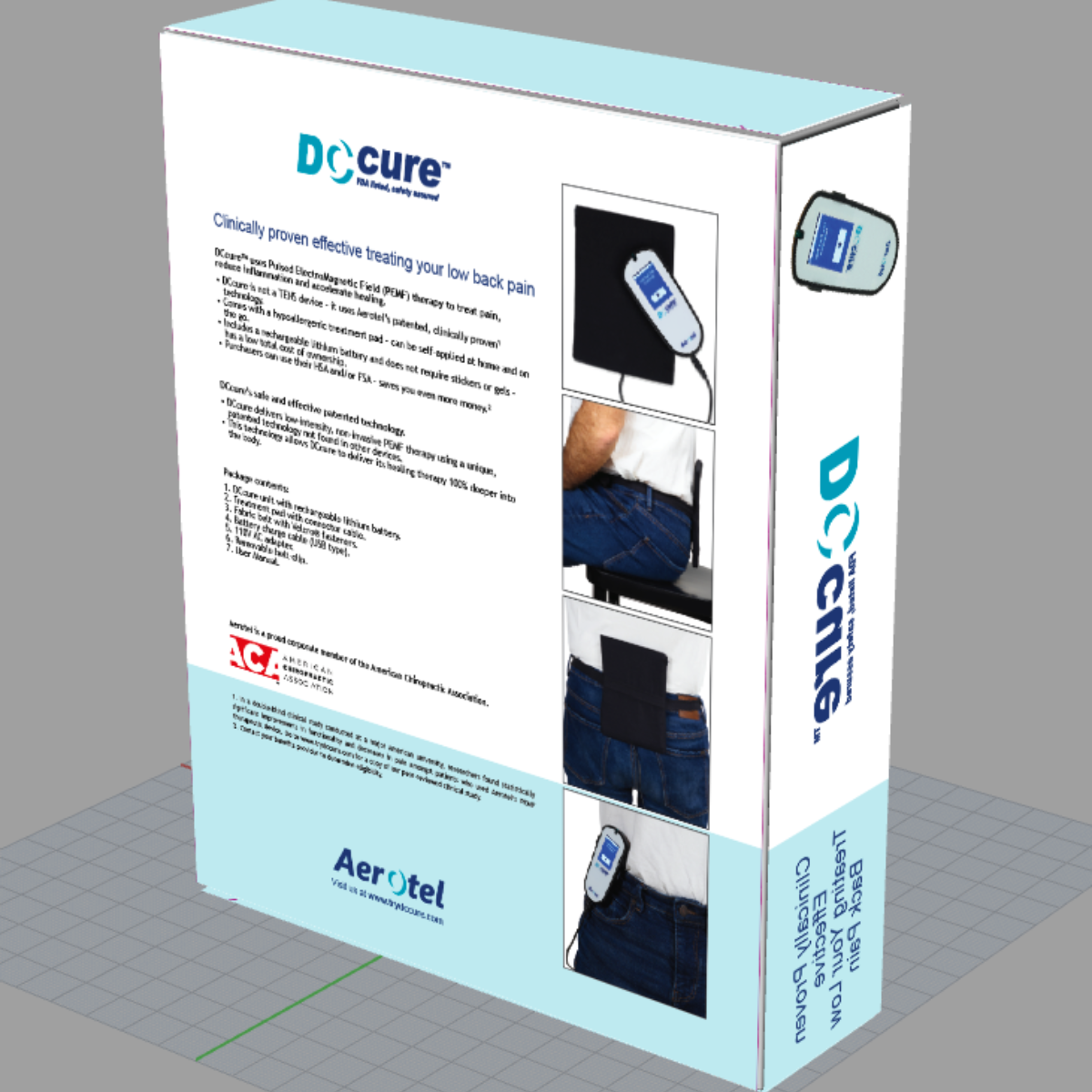How to treat lower back pain at home?
1. Keep moving
It’s a misconception that patients with lower back pain should not stay active. Instead, stretch out your body and back muscles regularly. Try to keep up your routine activities as much as possible. A sedentary lifestyle allows your back muscles to become weak. Mild to moderate physical activity is recommended for lower back pain relief.
According to published research by Jeju National University Hospital, most Americans spend over seven hours a day sitting down. [2] Sitting too much puts pressure on your lower back structures which leads to lower back pain. Stretch your body and back muscles at home. Adjust your seat, and make sure to get up and walk around at least once an hour. But avoid strenuous exercise or too much physical work; it may enhance lower back pain. Too much or few activities are equally hazardous for your spinal health.
Dietary practices improve the quality of life. An intermittent diet including fasting and satiety during certain periods, especially in obese, may lead to metabolic adaptations that favor a more significant loss of fat mass. According to a study conducted in 2022, intermittent diets have a beneficial effect on pain sensation and daily living activities in patients with chronic lower back pain.
PEMF therapy is used for acute and chronic lower back pain relief. PEMF therapy repairs and heals the damaged cells of your body. You could also invest in a portable, safety-assured PEMF device, DCcure, which is the best PEMF therapy device for lower back pain relief. Portable PEMF devices like DCcure are low-cost and non-drug that can be used anywhere.
Unlike other therapies, PEMF therapy provides long-term lower back pain relief, and you can also add it to other medications. DCcure PEMF device is FDA-listed and very easy to use at your home. You just have to put it over the skin of the painful area when pain strikes. Because of its significant benefits, DCcure is the first choice of chiropractors, clinicians, and back pain relievers in the United States.
Bad posture or sitting badly for a long period may produce muscle tightness, tension, and fatigue. It may also lead to an imbalance among the lower back structures like soft tissues, vertebral joints, and discs. According to some studies, there is a strong association between bad posture and lower back pain. Keep good posture to prevent and relieve lower back pain.
6. Quit smoking
Smokers may have a higher prevalence and incidence of lower back pain than those who have never been smokers. Smoking is a risk factor for lower back pain. It’s advised to quit smoking for lower back pain relief.
7. Maintain a healthy weight
Obesity places a more significant mechanical load on weight-bearing structures and joints of your lower back, potentially increasing the process of degeneration. Obese patients are more susceptible to distal lower extremity injuries than those having normal body weight.That’s why obese patients are advised to lose their body weight for lower back pain relief. If you have a normal body mass index, you just have to maintain it.
Some of the supplemental foods like vitamin D supplementation in deficient patients down-regulate pro-inflammatory chemicals, i.e., cytokines, which lead to lower back pain relief. Vitamin D is also responsible for up-regulating anti-inflammatory chemicals that reduce inflammation. Add supplements to your diet and get relieved.
Over-the-counter medications reduce pain and inflammation in the lower back region. Some commonly used drugs are analgesics, NSAIDs, and muscle relaxants. These should be taken in acute or subacute lower back pain. In the long term, these are associated with adverse effects.
10. Medicated topical medications
Some over-the-counter creams are available for lower back pain relief. Topical pain relief patches, gels, or sprays are also available.
When to consult your doctor about lower back pain?
Most of the time, it is not needed to seek medical help, no matter how painful it is. However, it is recommended to seek urgent medical help if lower back pain is chronic or accompanied by red flags. Sudden lower back pain with any red flag signs warrants you to visit your pain reliever because a thorough physical examination and further diagnostic testing are recommended.
What are the red flag signs of lower back pain?
The red flag signs of lower back pain are important physical features that point to potentially dangerous conditions. Identification of a red flag sign warrants close attention. The red flags of lower back pain are following.
- History of trauma
- Associated neurological deficit
- Urinary incontinence
- Fecal incontinence
- History of tumor
- Weight loss
- Age >50 years
Low-cost PEMF device offers safe and effective relief for back pain
Back pain treatment
The treatment of your back pain is different from the non–low back musculoskeletal pain and depends on the underlying cause. It is much more difficult for you to understand the exact reason behind your back pain.
Your clinician will take a thorough medical history. He will examine you physically and discuss your symptoms. He may also recommend you some basic diagnostic tests like an x-ray. Once your doctor reaches an accurate diagnosis for your back pain, he will prescribe you an effective treatment plan to follow.
DCcure, Clinician’s recommended safe and effective PEMF device for back pain
DCcure is a portable, FDA Class 1 listed, non-thermal PEMF device for back pain. Due to these characteristics, DCcure is a clinician’s first choice as a PEMF therapy for back pain patients.


